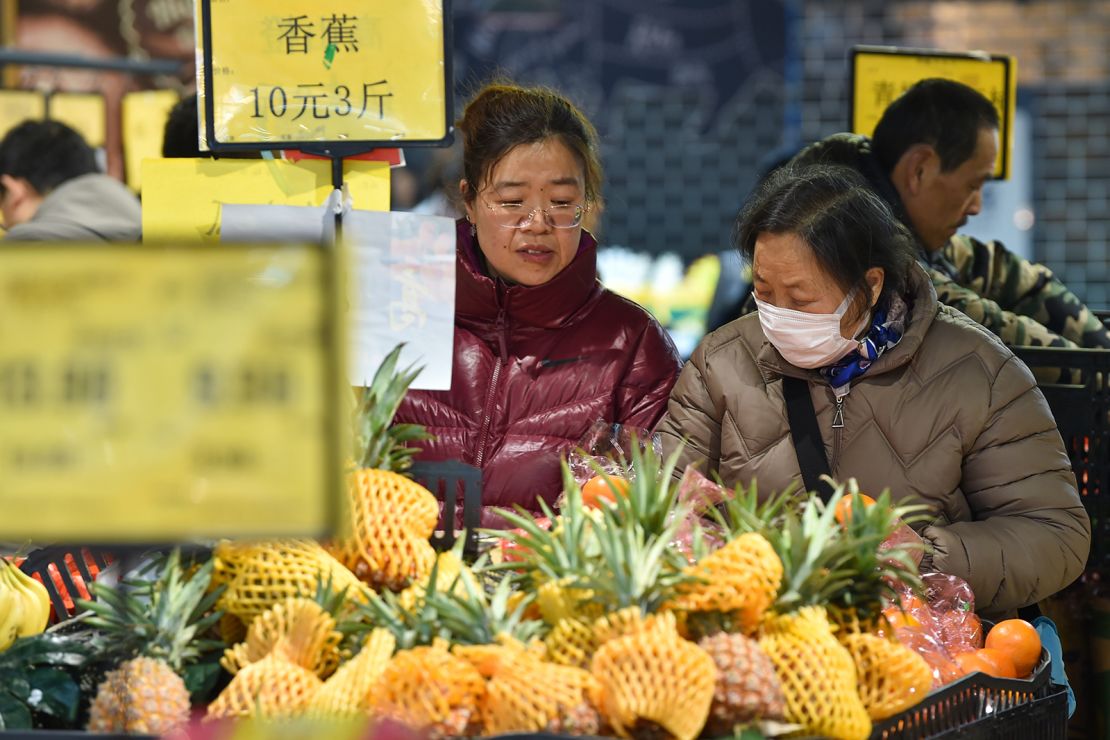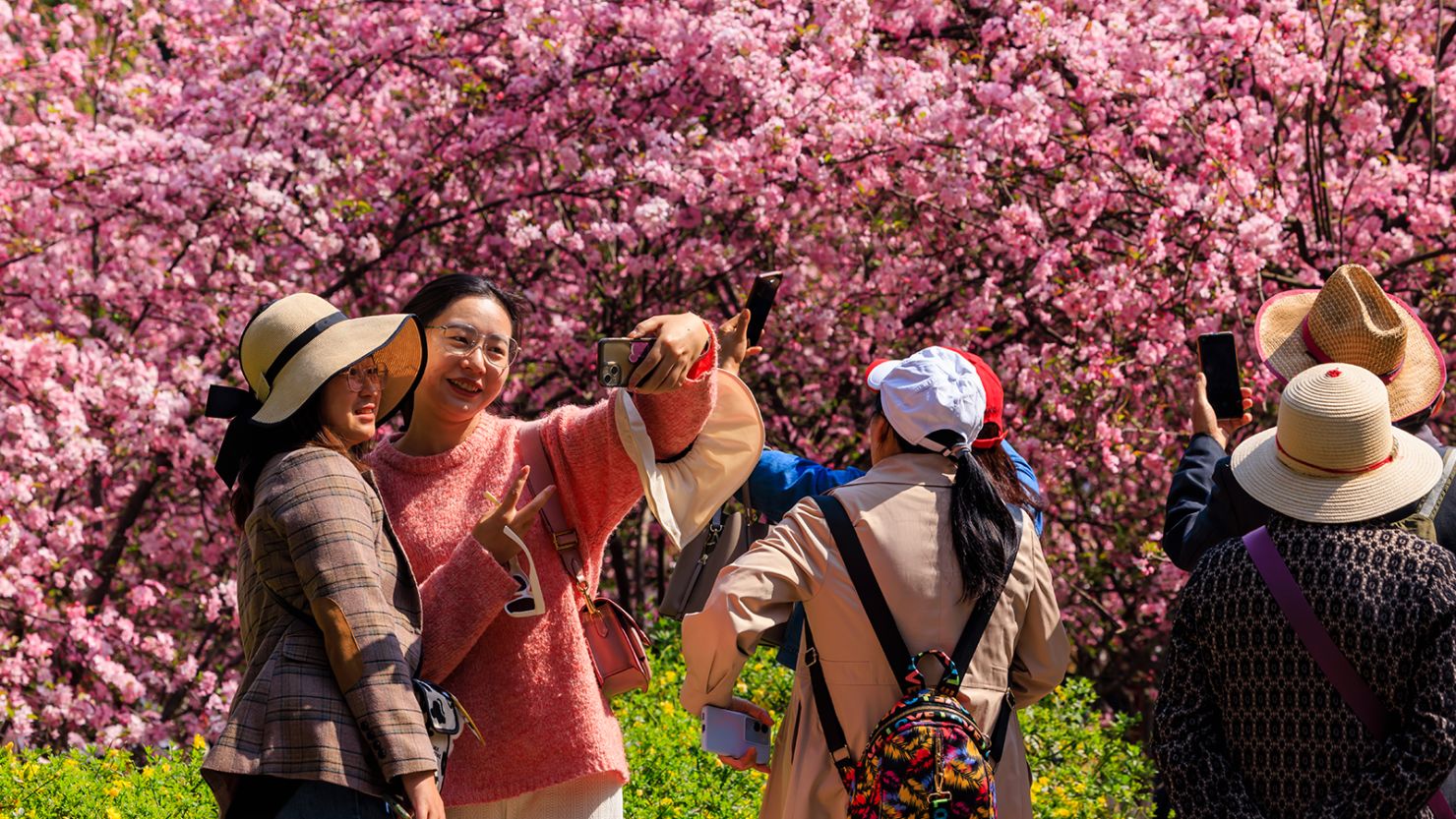Editor’s Note: Sign up for CNN’s Meanwhile in China newsletter which explores what you need to know about the country’s rise and how it impacts the world.
China’s consumer inflation turned positive for the first time in six months, largely supported by the Lunar New Year holiday, when a spending boom pushed up prices.
The Consumer Price Index (CPI) increased by 0.7% in February from a year earlier, government data showed on Saturday, versus a rise of 0.3% forecast in a Reuters poll.
This was the first time the index has shown prices rising, rather than flatlining or falling, since August 2023. In January, the index fell by the fastest rate in 15 years.
But analysts said the year-on-year gain was partly due to the Lunar New Year holiday, which fell in February this year and in January last year. Based on cycles of the moon, the date of the holiday changes each year.
“I think it is too early to conclude that deflation in China is over,” said Zhiwei Zhang, president and chief economist for Pinpoint Asset Management. “Domestic demand is still quite weak.”
China fought weak prices for most of last year due to a property slump, a stock market meltdown and subdued consumer sentiment. The People’s Bank of China (PBOC) has cut interest rates several times in the hope of boosting bank lending and bringing inflation back to its target of 3%. But the CPI only reached 0.2% in 2023, way below the official goal.
Deflation is bad for the economy because consumers and companies may put off purchases or investments in anticipation of prices falling further. That, in turn, could create a vicious cycle and result in even less spending, more business cutbacks and higher unemployment.
Services prices in February were strong, particularly in relation to tourism and entertainment activities. The sub-index for tourism soared 23.1% from a year ago, the highest among all categories.
But the holiday effect is likely to fade next month.
“We expect CPI inflation to fall to 0.4% year-on-year in March,” Nomura analysts said on Monday in a research report, adding that food prices have already been declining since the conclusion of the festivities.

Producer deflation, meanwhile, intensified last month. The Producer Price Index, which measures wholesale prices at the factory gate, dropped by 2.7% from a year ago.
The drop marked the 17th consecutive month of decline, indicating persistent deflationary pressures in the upstream industries and implying soft consumption demand.
Beijing continues to face a tough task this year to stimulate growth and fight deflation. Last Tuesday, Premier Li Qiang said the government had set this year’s growth target at around 5% and inflation target at 3%.
But he also pledged to “transform” the growth model and curb debt risks in the economy, which could mean less aggressive investments by local governments to build infrastructure.
Pan Gongsheng, the governor of the PBOC, told reporters last Wednesday that the central bank would maintain a supportive stance on monetary easing, suggesting that it could cut rates further this year to bolster the economy.
Zheng Shanjie, head of the country’s economic planner, said on the same day that the government would launch a new initiative to spur consumer spending, including promoting large-scale equipment upgrades and the replacement of old durable goods, such as cars and home appliances, with new ones.
But the key to growth and rising prices will be how Beijing implements its policy to stimulate demand and boost confidence, analysts said.
“With the [National People’s Congress] now largely behind us, all eyes could be on the demand-side initiatives, especially the trade-in program for durable goods,” Citi analysts said on Monday.




